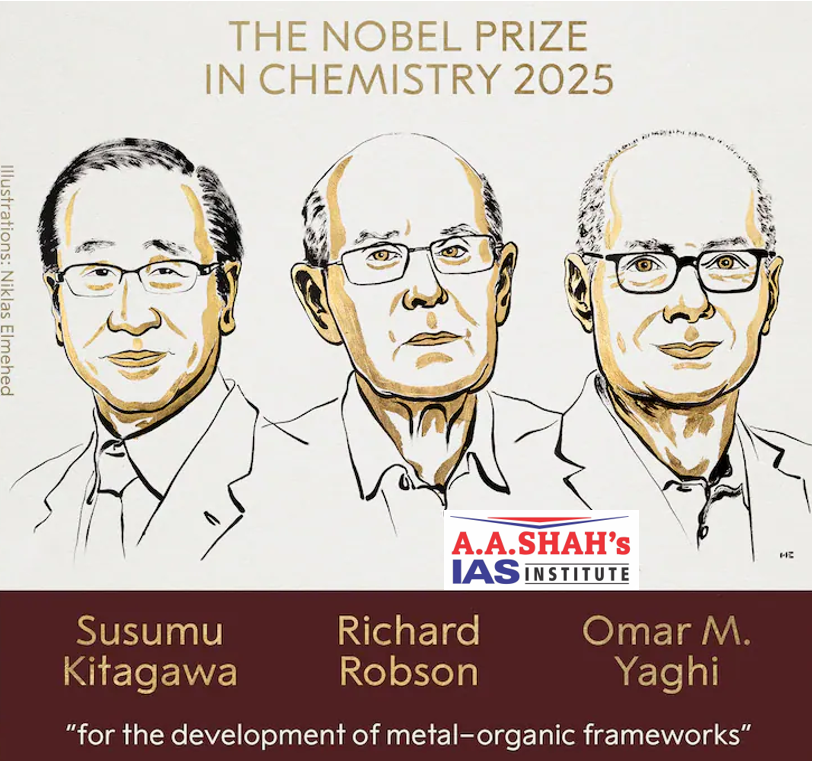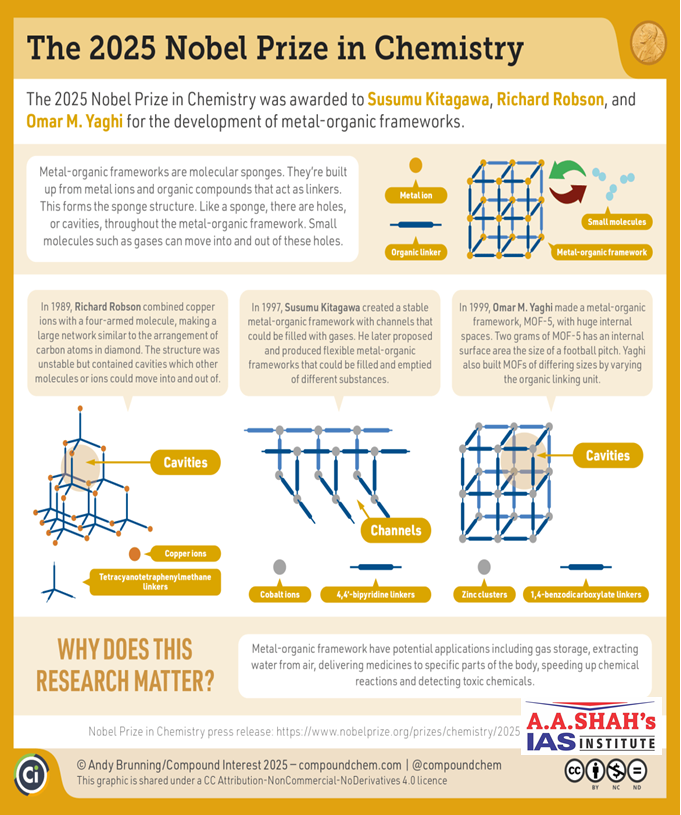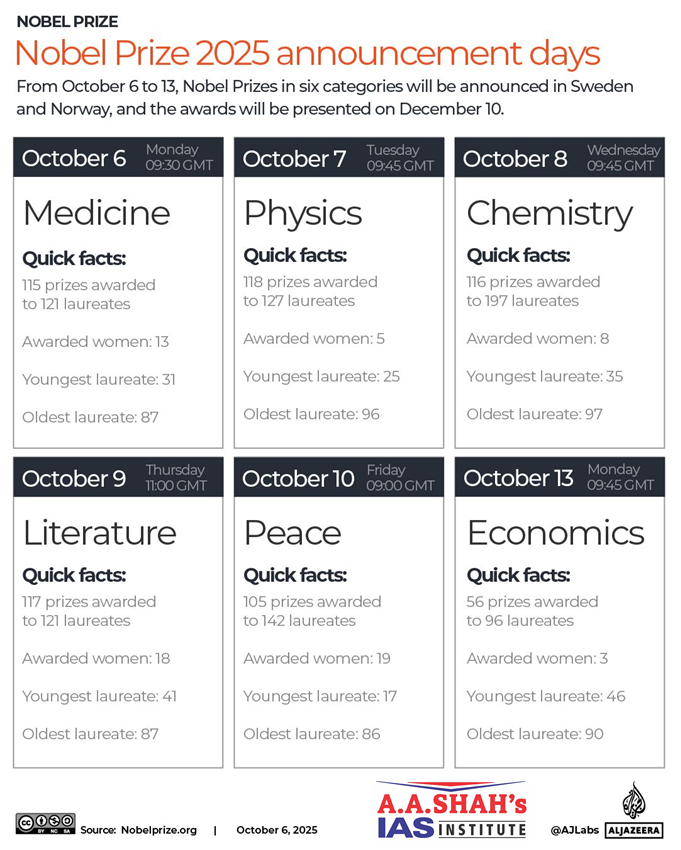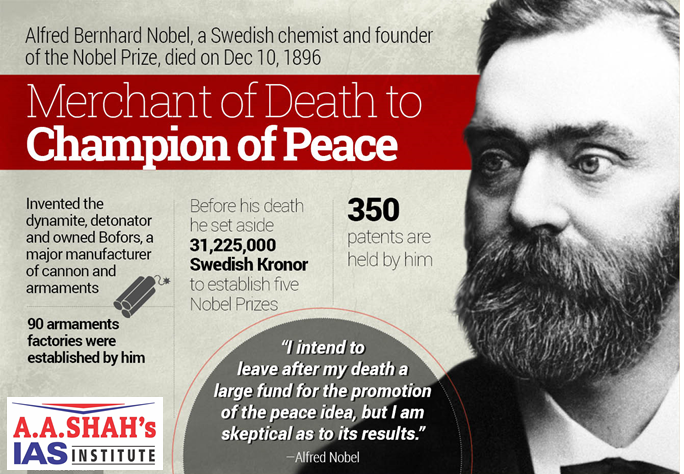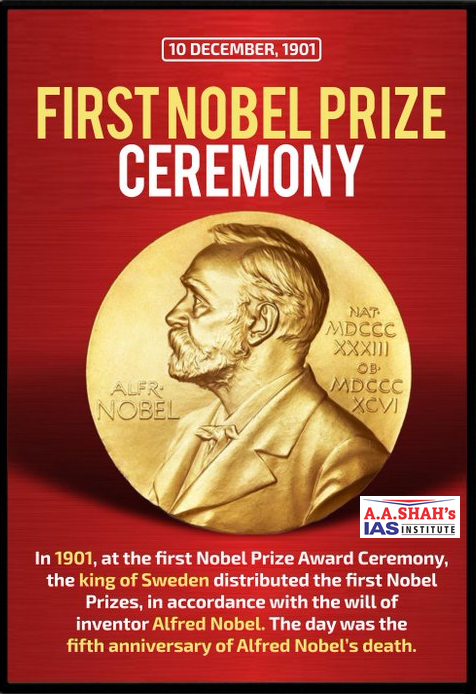Trio wins Chemistry Nobel for bridging metals and organics
S&T – NOBEL
9 OCTOBER 2025
- An Australian, a Japanese and a Jordanian-American scientists were announced winners of the Nobel Prize in Chemistry for discovering and creating a class of materials, called metal-organic frameworks (MOF).
- The three will equally share the prize of 11 million Swedish kroner, about ₹1 crore.
- Metallic and organic substances are as far apart in the chemical world as Australia and the U.S. geographically.
- Richard Robson’s initial conception of them in the mid 1970s, sparked from a science project for his Melbourne University students; to Susumu Kitagawa’s dogged determination, in Kyoto University, at creating porous molecules — despite knowing that they were “useless” — but tinkering with them until he created the right kind of structures that were useful enough to work as a filter; to finally Omar Yaghi at the University of California, Berkley, making a variety of metal-organic frameworks, as he named them, that were capable of drawing water vapour out of desert air at night and releasing them as water in the day.
- Following the laureates’ groundbreaking discoveries, chemists have since built tens of thousands of different MOFs.
- Some of these may contribute to solving some of humankind’s greatest challenges, with applications that include separating PFAS (a family of chemicals that are believed to be toxic) from water, breaking down traces of pharmaceuticals in the environment, capturing carbon dioxide or harvesting water from desert air, a press statement noted.
- Initially, it was challenging for the scientific community to appreciate MOF as they didn’t seem to be much better than a class of materials called zeolites.
- But things changed when they succeeded in developing soft MOFs — a step up over zeolites that were hard.
- One of those who was able to present a flexible material was Kitagawa himself. When his material was filled with water or methane, it changed shape, and when it was emptied, it returned to its original form.
- It behaved somewhat like a lung that can breathe gas in and out, changeable but stable.
